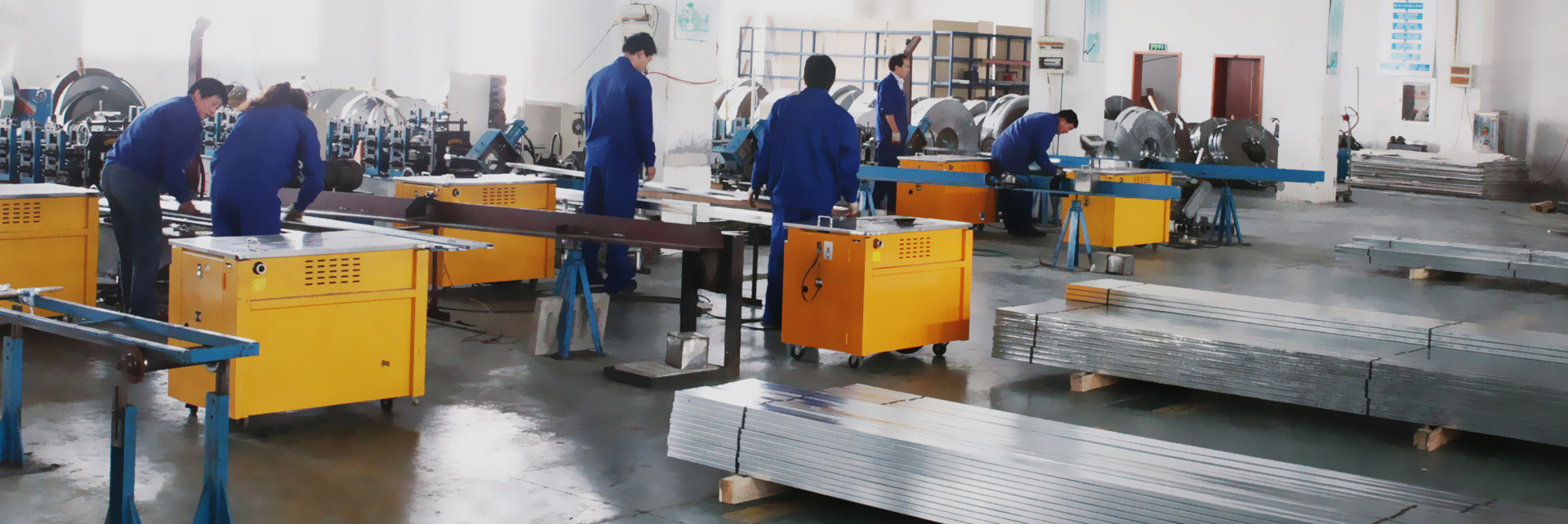How to distinguish between main keel and auxiliary keel
Source:Wuxi Field Building Material Co. Ltd Release time:2021-12-28 09:51:37 Author:12140


1. Main keel: as the name implies, it refers to the keel that bears the weight of the ceiling. It must be firm and flat, otherwise it is not conducive to load-bearing installation, and the installation on the building foundation needs to be fixed with expansion screws;
2. Vice keel: used for hanging gypsum board, also known as horizontal support keel.
Expansion: The side keel is generally fixed in the wall for stabilization. The main keel is the main stress point, connecting the boom and the auxiliary keel, and the fallen roof is generally fixed on the auxiliary keel. The ceiling is mainly used to cover the parts that do not need to be exposed, or to highlight the meaning of the expression. Fully hidden ceiling, such as gypsum veneer is easy to crack and unequal quality problems. The pvc gusset is fragile and easy to fall off. The spacing of the main keel is generally 900~1200, and the secondary keel cladding keel is 400*400, or 400*600, the side keel is the perimeter of the wall, the grille lamp, the inspection opening and the air-conditioning vent will be reinforced by the keel, and the plaster auxiliary keel The usage is 400*400. Both the light steel main keel and the auxiliary keel are 50, the main keel is U-shaped and the auxiliary keel is C-shaped. But it is not complete, because there are still 60 main keels, which are also C-shaped keels, and there are 45 keels in the dragon card.


